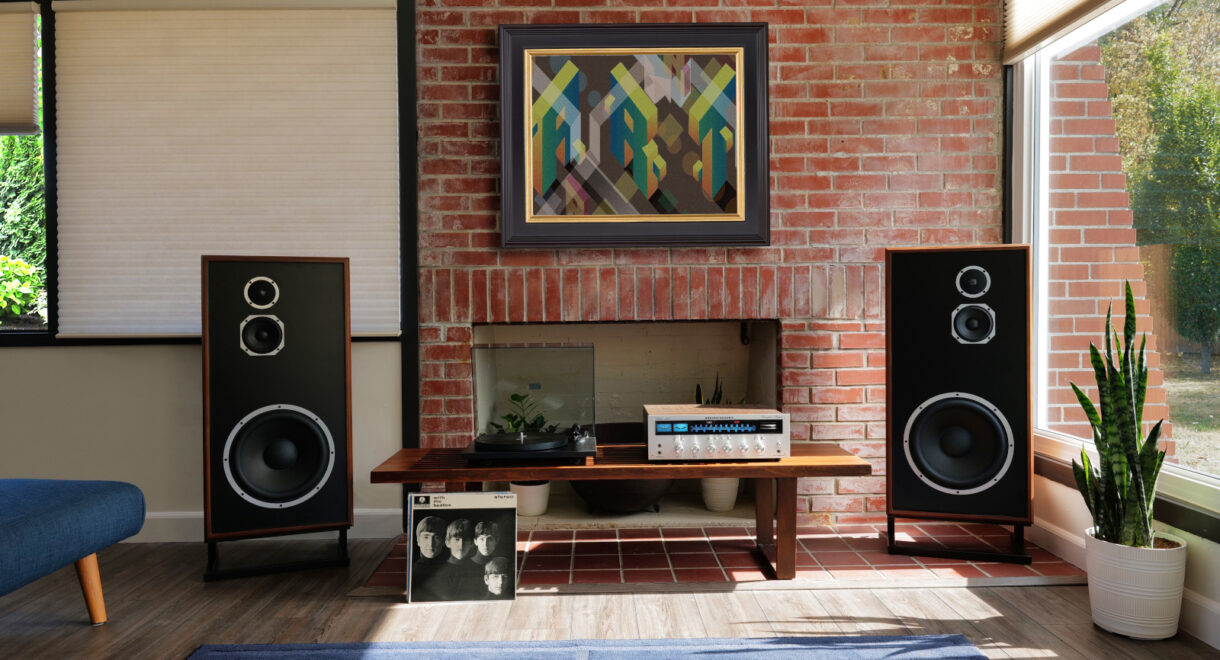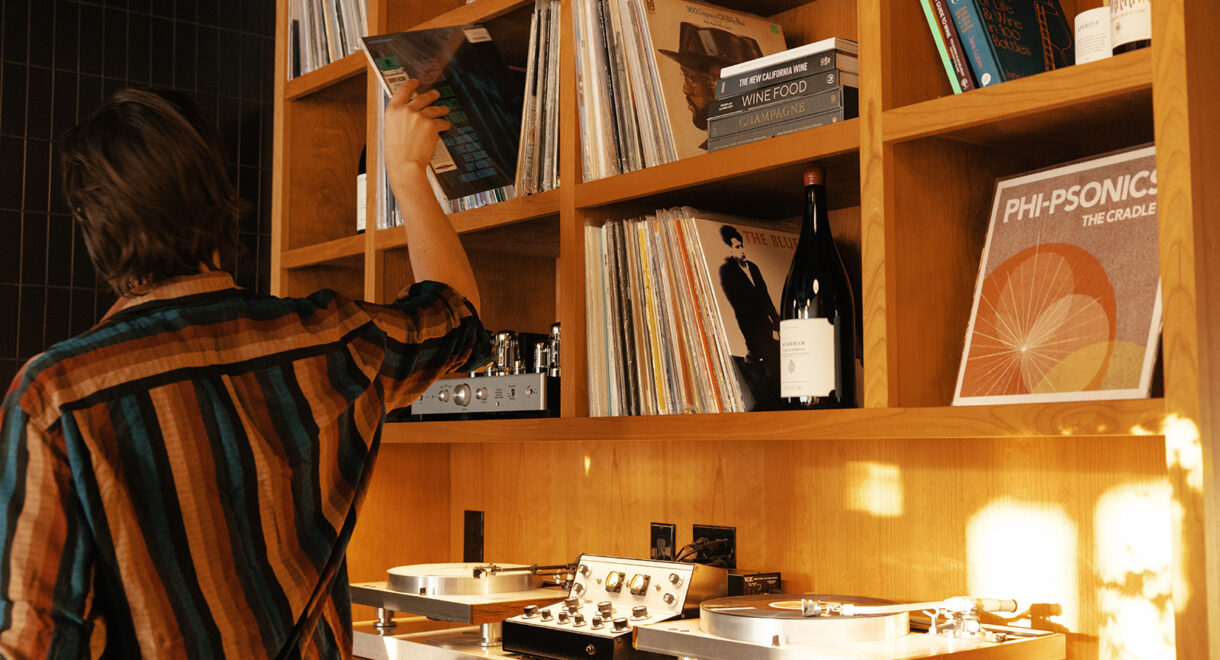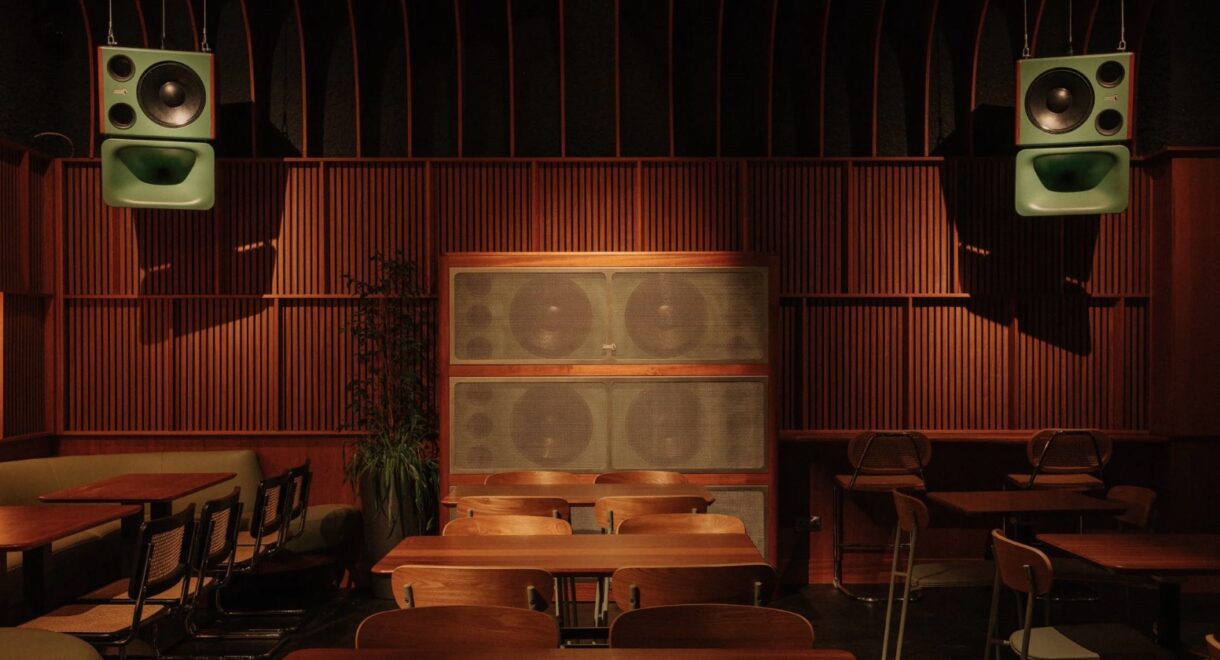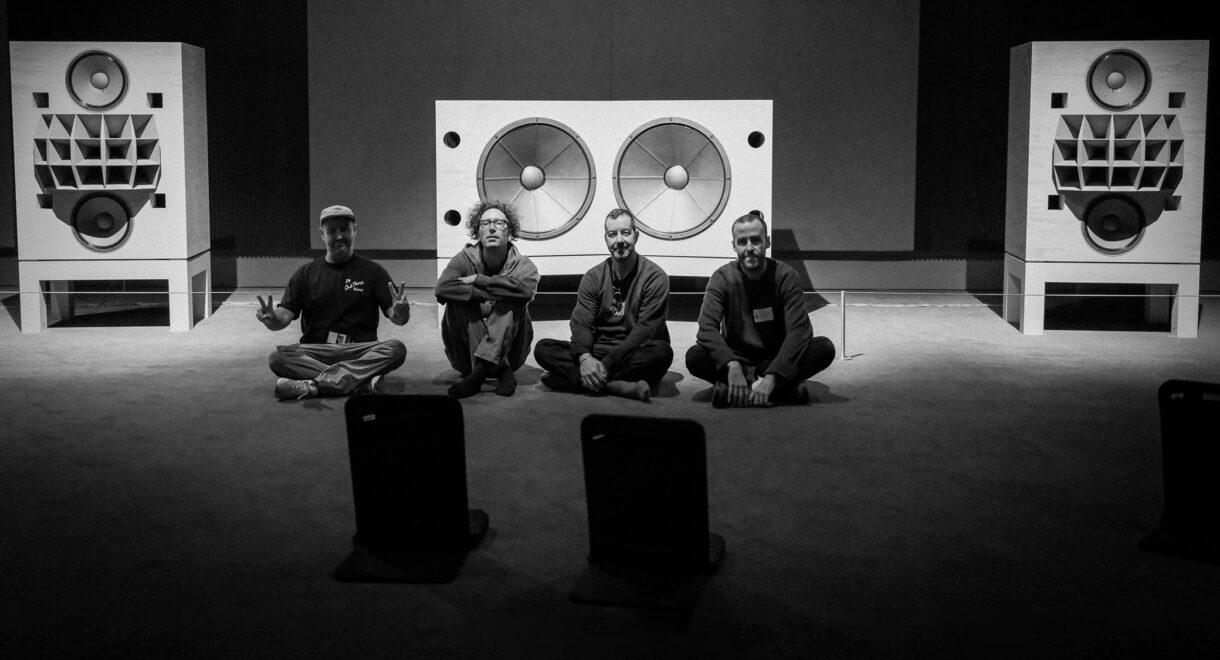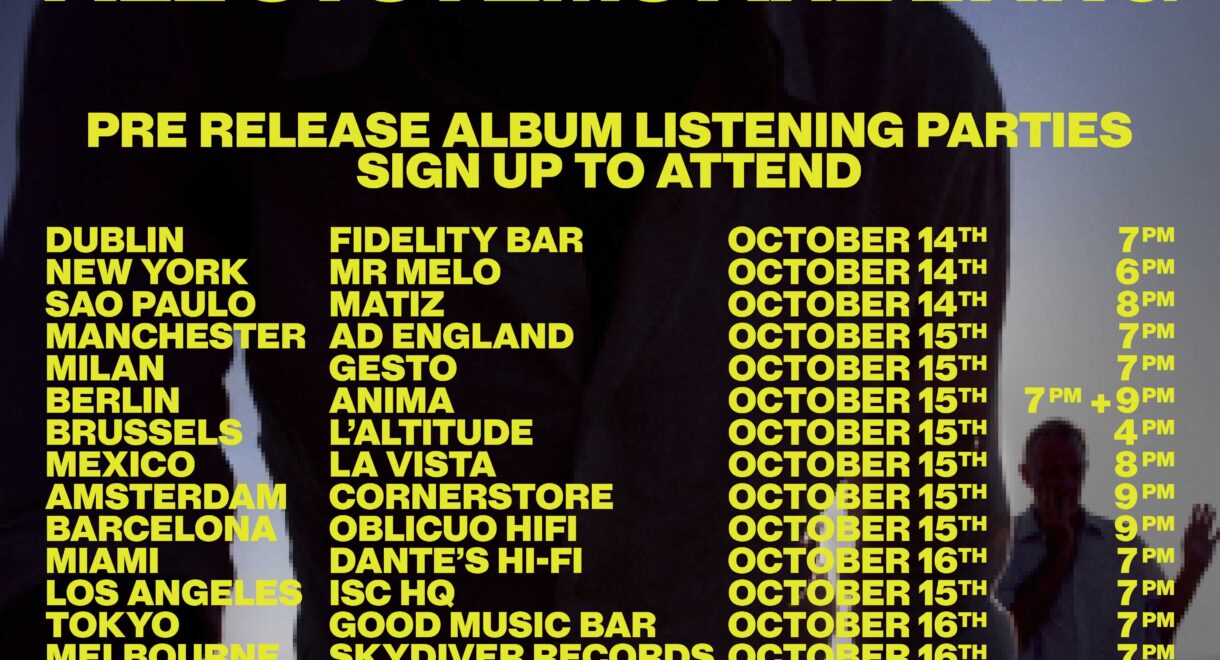November 20th, hear the new KLH Model Seven speakers at a curated listening session at The Wallis. As part of our ongoing focus on hi-fi equipment from the […]
Estate Sales and Hi-Fi: A Match Made in Heaven

Unearthing a Sansui classic and a brutalist Rek-O-Kut turntable on the edge of being lost.
In cities like Los Angeles, estate sales are routine: Friday and Saturday rituals for the analog-obsessed, the flippers, the completists.
For those drawn to vintage audio, they offer one of the last natural pathways into serious gear. The numbers tell their own quiet story—hi-fi culture hit its stride in the 1970s, and the original owners of that equipment are now aging out of the homes where it’s lived for decades. What’s left behind isn’t just hardware, but evidence: systems assembled carefully, used regularly and often left more or less intact.
This one took place in Columbia, Missouri, where estate sales tend to surface less frequently, inside a single-story ranch house built by the same family who had lived there for more than sixty years. The listing was quiet and detailed — nearly a hundred photos — and the house was full: midcentury modern furniture, clothing from several eras, decorative art, an entire garage’s worth of tools and yard equipment, all of it reflecting a long, attentive relationship with the space. And woven into that history, a deep investment in recorded sound.

Specifically, per the listing: “Electronics, Office, and Books: Vintage Smith Corona typewriter, Vintage Optimus turntable, Vintage Wharfedale speakers, Rek-O-Cut Rondine L-37 turntable, Realistic STA-120B stereo receiver, Realistic 20 Channel PRO-2020 scanner, TEAC Reel-to-reel, Cassette players, 8-Track tapes, TVs, Huge selection of vintage books, Vintage maps and international travel guides, and much more.”
The images told another story, too. An Edison wax cylinder player in near-perfect condition, and dozens of Edison cylinders. LPs and 78s shelved with care. Nothing appeared new, but everything felt loved. They had been part of a system assembled and refined over time, used regularly and kept intact. Needless to say, I set my alarm in order to get there early.
The wait outside lasted about 45 minutes, a quiet shuffle of early arrivals forming a line that stretched along the sidewalk under a partly sunny sky. When the doors opened, 35 people were allowed in at a time. This first wave moved through the entryway with the quiet urgency of those who knew exactly what they were looking for. I headed for the basement.
The equipment had been unplugged and spaced out for the sale, but there was no attempt to stage or reframe it. Not a shrine, not a teardown, just a listening space paused mid-thought. Everything was as advertised. But, there, unlisted and unphotographed, sat a Sansui AU-505. Pristine.

The solid state machine from the early 1970s was seemingly untouched, a 23-watt integrated amplifier from the early 1970s built in an era when Sansui emphasized balance, musicality and reliability over wattage wars and chrome flourishes. Its faceplate was clean. The knobs lined up. The chassis carried weight. Here’s what eCoustics writer Eric Pye said about the brand a few years ago:
In my mind, Sansui is the iconic vintage Japanese audio brand. Luxman and Accuphase fans might object to that statement and I can’t disagree from a quality perspective – but we’re talking about a different level of affordability. Few Japanese audio brands have the same, close-to-rabid following, particularly when it comes to integrated amplifiers and receivers. Yes, they made respectable tuners, speakers and turntables, but amplification was their jam; the proof-in-the pudding is reflected in today’s rarity (they’re around, but folks don’t like to part with their treasures) and high prices when they do come up for sale.
The AU-505 was part of Sansui’s early solid-state AU line, which included models like the AU-101, AU-555 and AU-999 — each built with the same emphasis on musicality, clarity and long-term reliability over showmanship. While higher-powered units drew more attention, the lower- and mid-tier models developed loyal followings of their own for the way they balanced warmth, detail and build quality without excess.
Obviously I bought it. It was only $100.
I then started researching it: The AU-505 is a relatively simple machine with two driver boards flanking an oversized transformer and a clean, spacious layout that invites service rather than hiding from it. Though rated at 23 watts per channel, it was often underestimated on paper but routinely outperformed expectations in practice, delivering clean, full-bodied sound with more ease and headroom than its modest specs suggested.

Several pieces of gear were really tempting. The tiny Wharfedale speakers looked well kept and promising. The Teac reel-to-reel had weight and presence, clearly maintained.
But it was the Rek-O-Kut Rondine L-37 that lingered in memory, priced at $175. It was a new name to me, an unfamiliar turntable with a hulking motor and a heavy platter, mounted on an imposing plinth that was simple and majestic, brutalist in form, built with solid hardwood with no visible ornament or flourish. A Friday night search turned up more: an American-made idler-drive deck from the early 1960s, comparable in some circles to a Garrard 301, though less refined and far less known.
It was a weird beast, part brute, part precision tool, and by Saturday, half-price day, I was sure it would be gone. But when I walked returned and went back down to the basement at 10 a.m., it was still sitting exactly where I’d seen it last.
I did buy it. I don’t need it. But come on.
More on that when I’ve had a chance to test it.
In Los Angeles, the best estate sales are usually listed on estatesales.net, but local Facebook groups, Craigslist and certain sellers’ email lists often surface the good ones first. Look for listings with lots of photos, especially of media, shelving and garage spaces where the audio gear tends to live. Arrive early, bring cash, and don’t be afraid to ask if there’s more equipment that didn’t make it into the pictures.




